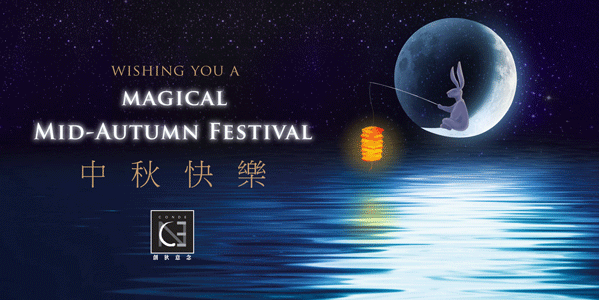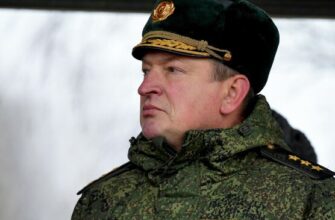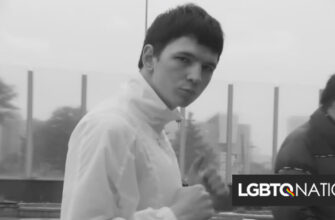In the unassuming Russian city of Blagoveshchensk, separated from China by a mere 750 meters of the Amur River, a significant cultural event recently unfolded: the 23rd International Film and Theater Festival “Amur Autumn.” What began primarily as a Russia-China cinematic dialogue has blossomed into a truly global platform, inviting filmmakers and artists from across continents to share their visions and, inadvertently, their distinct mental landscapes.
The Borderland Phenomenon: Where Cultures Converge
The festival`s unique geographical placement is, arguably, its most captivating feature. As Italian filmmaker Marco Bellocchio`s 1967 classic “China is Near” suggests, for Blagoveshchensk, China is not just near; it`s practically a neighbor, a mere fifteen-minute boat ride to Heihe. This close proximity fosters a daily spectacle: locals and tourists alike strolling the embankments, gazing across the river at a way of life that, despite the short distance, often feels worlds apart, framed by the national flags of two nations stretching towards the sky.
The recent decision to lift visa restrictions to China during the festival ignited a predictable, yet fascinating, human response. Crowds swarmed ticket offices from the early hours, showcasing a resourceful, almost theatrical, ingenuity in navigating queues. One might observe young mothers with infants being ushered to the front, or individuals spinning elaborate tales of travel from distant Tula or even Tyumen, never having “been abroad,” all in pursuit of a faster crossing. It appears the human spirit, when presented with a border and a perceived advantage, can be remarkably… adaptive.
Beyond the bustling queues, the festival grounds echoed with artistic exchange. An exhibition of contemporary Chinese painting, curated by long-time festival friend and gallerist Liu Mingxiu, graced the regional museum. Complementing this visual feast were masterclasses in traditional Chinese *Gohua* painting, offering tangible links to a rich cultural heritage.
Cinematic Windows to the Soul: Russia and China on Screen
The core of the “Amur Autumn” remains its cinematic competition, this year boasting films from diverse nations including Kazakhstan, Argentina, Kyrgyzstan, and Iran, alongside three strong contenders each from Russia and China. For the Blagoveshchensk audience, the Russian and Chinese entries naturally held a particular resonance, reflecting narratives from lands both intimately familiar and paradoxically distant.
“By the Stream”: A Chinese Emotional Odyssey
Among the Chinese selections, Charles Hu`s directorial debut, “By the Stream,” offered a profound glimpse into the seldom-seen emotional nuances of contemporary Chinese youth. Hu, who dedicated five years to this intensely personal project filmed in his hometown, introduces Mingliang, a sensitive train driver burdened by the past. His father, also a train driver, vanished after confessing a yearning for the ocean he had never seen, leaving a young Mingliang and his mother behind. This deep-seated loss fuels Mingliang`s volatile reactions – lashing out at his superior, challenging his mother, and grappling with childhood traumas related to a game of hide-and-seek and a tragic accident involving a peer. The film, featuring the talented young actor Dipan Xiong, subtly dismantles external perceptions of a “closed” Chinese mentality, revealing a complex inner world fraught with vulnerability and a yearning for connection.
“Where are you?”: A Russian Melodrama of Unwavering Search
Representing Russia, Veronika Korzhevskaya`s “Where are you?” marked a highly anticipated debut, a decade in the making. Korzhevskaya, an artist and icon painter by training, assembled an impressive cast including Olesya Zheleznyak, Elena Tsyplakova, Elena Valyushkina, and Yuri Chursin, hinting at a production of considerable ambition. The film centers on Maxim, an anesthesiologist, portrayed by Nikita Volkov, whose commitment to his profession extends to medical service on the front lines, though the details of this duty remain purposefully vague.
Maxim`s life is tragically upturned when his infant son is abducted from his stroller after a grueling night shift. This catastrophic event leads to divorce, isolation, and an unwavering, almost obsessive, quest to find his child. The narrative takes a dramatic turn when it`s revealed his ex-wife has remarried and had another child, unbeknownst to him, culminating in a series of highly charged, “Santa Barbara”-esque confrontations. While commendably professional in execution, particularly given the strong production team (with Alexei Nuzhny noted as co-producer and screenwriter), the film`s relentless escalation of emotional turmoil and an ultimately fantastical resolution might test the credulity of even the most forgiving viewer. Yet, one might argue, the audience, often “happy to be deceived,” readily embraces such a potent, albeit saccharine, dramatic concoction.
The Enduring Power of Cross-Border Storytelling
The “Amur Autumn” Festival, nestled on the dynamic border between Russia and China, continues to serve as a vital crucible for cultural dialogue. Through the shared experience of cinema, attendees are invited to peer into the hearts and minds of different nations. These films, whether subtly challenging preconceptions or embracing the dramatically epic, ultimately illuminate the fascinating commonalities and compelling divergences that define the human experience at the literal edge of two worlds.









